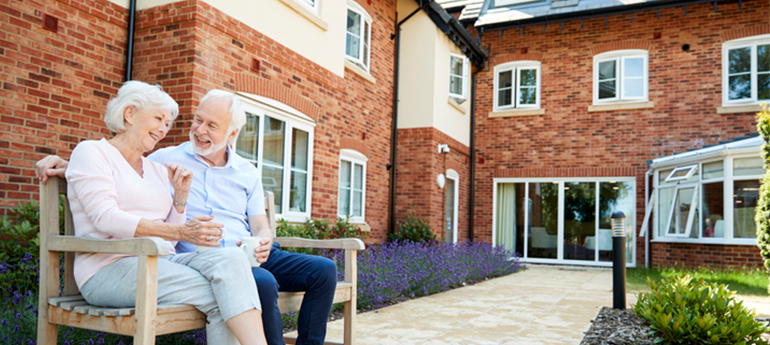To Buy or Rent? That is the question for the UK retirement housing market today

A shake up within the retirement housing market has begun. According to articles in both The Guardian and The Times towards the end of 2019, ‘plummeting values’ of re-sale retirement properties mean that property could be worth 90% less when being sold by the owner’s successors.
Now, more than ever, the spotlight is being turned on the rental model for retirement housing. Groups like Birchgrove are developing market rent-only tenures in their new retirement housing with care schemes, including their Queensgate scheme in Sidcup, a transaction for which Avison Young acted on behalf of the vendor.
According to the Laingbuisson Housing with Care UK Market Report 2019, the average age entrant to UK retirement housing facilities with care packages is 75 and the length of stay varies between 2.9 and 6.5 years. The Silent Generation, individuals born between 1928 and 1945, has always been known to buy, but is there enough security and benefit for them to opt for a rental property?
One of the many positives in the rental model is the obvious release of equity benefitting successors: no inheritance tax, no stamp duty to pay, no waiting for the family home to sell. Or, for those who don’t have successors, not seeing their cash go to the crown. There is also the benefit to those who want to move to more affluent locations but can’t pay the astronomical property prices; they can instead utilise equity to pay their rent for their remaining years.
For those who do opt for rental, the next consideration lies in their ability to cover their rent for their lifetime. The current providers of market rent housing with care require new residents to be able to prove they are able to provide a minimum of five years rent to secure a property. However, in order to offer the elderly the comfort and security they require, providers have had to factor in that they may need to financially support an elderly resident, allowing them to remain in situ should that resident no longer be able to pay their rent.
This poses a risk, of course, but on the flip side, risk also lies with a large scheme of empty, un-saleable elderly residential units. Innovative newer retirement properties with care schemes appear to be offering mixed tenures, setting aside a certain number of properties for leasehold purchase, shared ownership, and rent.
The rental only model is an emerging market in the private sector and therefore it is too early for us to be able to objectively point to its success. We, and I’m sure the rest of the market, will be keenly watching its progress. We are all aware that there is a growing need for extra care housing within the UK, with an ever growing elderly population. As Laingbuisson’s Housing with Care UK Market Report 2019 outlines, the potential market for housing with care is three million people, but only 2.3% of the addressable market currently live in housing with care sites. It is estimated that by 2030, between 100,000 and 250,000 people will live in housing with care sites.
The Avison Young Health team are excited about the disruption of the rental model to the care sector, as well as the opportunity to further work with those in this area of the market.
Charlotte Brierley, Associate Director, Health, at Avison Young (London, UK)
